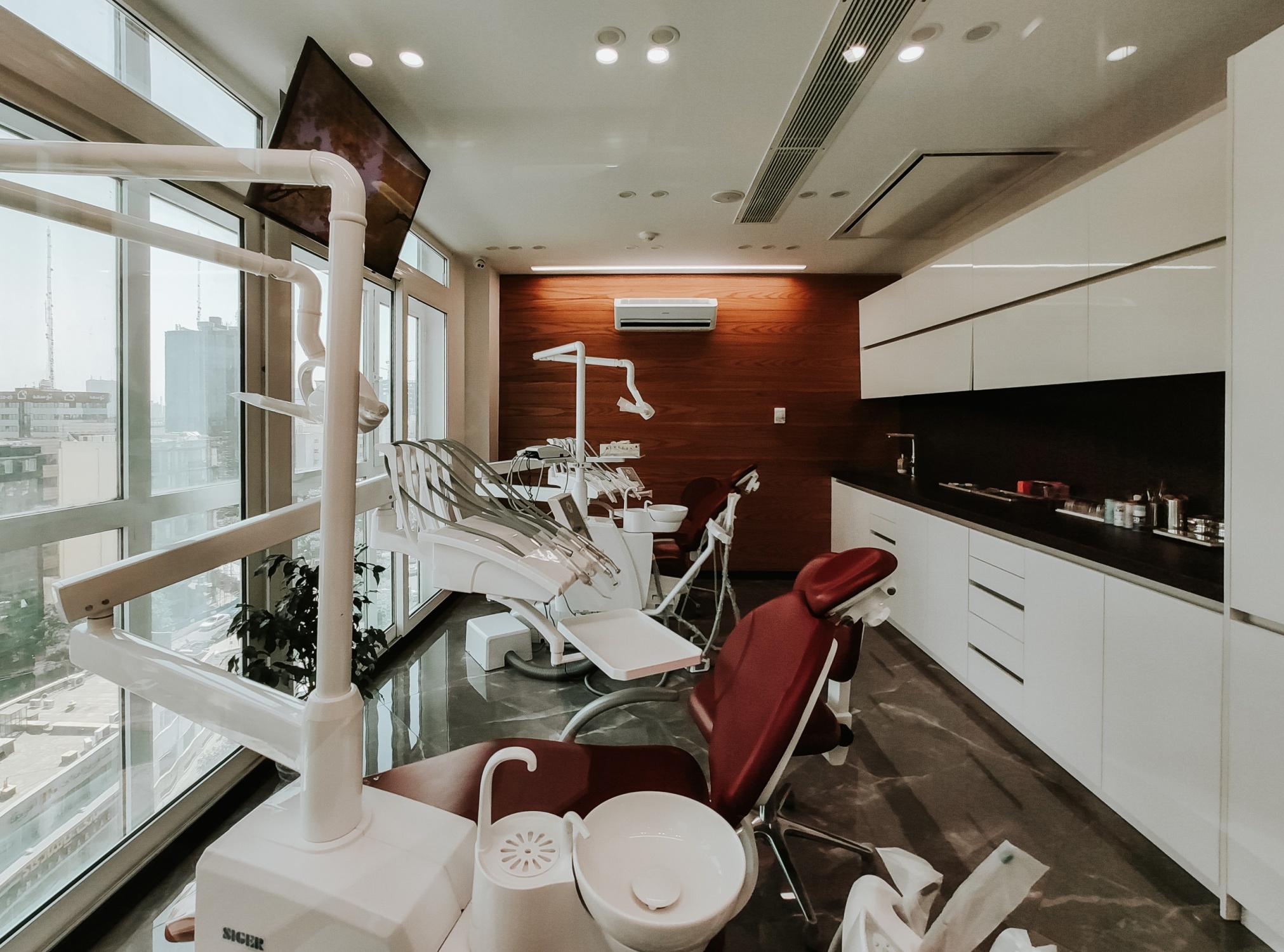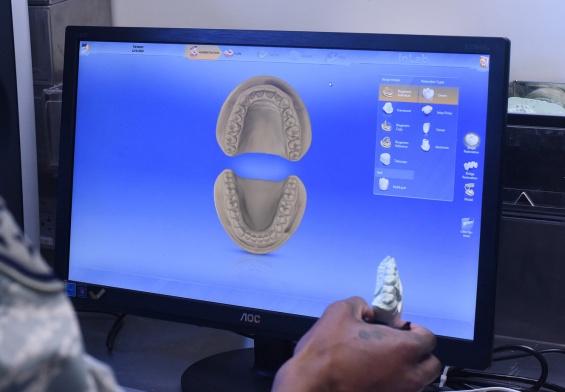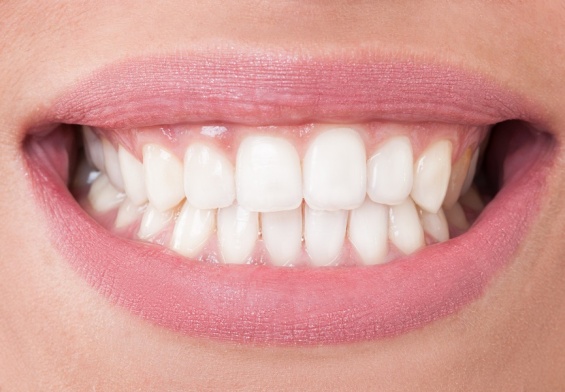When it comes to dental procedures and cosmetic dentistry, comfort and pain management are paramount. Dental anesthesiology plays a pivotal role in ensuring patients’ well-being during various dental treatments. In this comprehensive article, we will delve into the world of dental anesthesia, exploring the different types, how they work, why they are used, their benefits, and the associated risks. Additionally, we will discuss dental anesthesia for children, adults, individuals with disabilities, and special needs patients, while also addressing safety concerns and specific methods such as propofol, nitrous oxide, local anesthesia, general anesthesia, intravenous sedation, and oral sedation.
Understanding Dental Anesthesiology
Dental Anesthesiology, also known as dental anesthesia or dental sedation, is a specialized field within dentistry that focuses on pain management, sedation, and anesthesia administration during dental procedures. It ensures that patients remain comfortable and pain-free while undergoing various dental treatments, including routine check-ups, extractions, root canals, and oral surgeries.
Types of Dental Anesthesia
- Local Anesthesia: Local anesthesia is the most commonly used type in dentistry. It involves the administration of anesthetic agents, such as lidocaine, directly into the treatment area to block nerve signals and numb the targeted region.
- Nitrous Oxide (Laughing Gas): Nitrous oxide is a mild sedative and pain-relieving gas that is inhaled through a mask. It induces relaxation and reduces pain perception, making it suitable for anxious or fearful patients.
- General Anesthesia: General anesthesia involves rendering the patient completely unconscious, typically through the administration of intravenous drugs or inhalation agents. It is reserved for complex oral surgeries or when the patient requires unconsciousness for other medical reasons.
- Intravenous (IV) Sedation: IV sedation involves the administration of sedative drugs directly into the bloodstream. It induces a deep state of relaxation while allowing the patient to remain conscious and responsive.
- Oral Sedation: Oral sedation is achieved by prescribing oral medications, usually in the form of pills or liquid, to be taken before the dental procedure. It reduces anxiety and discomfort while maintaining consciousness.
How Dental Anesthesia Works
Dental anesthesia works by interrupting the transmission of pain signals from the nerves to the brain or by inducing a state of relaxation. Here’s how each type functions:
- Local Anesthesia: It blocks nerve signals in the treatment area, preventing pain signals from reaching the brain.
- Nitrous Oxide: Nitrous oxide interacts with the central nervous system, producing a calming effect and reducing pain perception.
- General Anesthesia: General anesthesia suppresses the central nervous system, inducing unconsciousness and pain relief.
- Intravenous Sedation: IV sedation depresses the central nervous system, promoting relaxation and pain management while maintaining consciousness.
- Oral Sedation: Oral sedation medications create a calming effect, alleviate anxiety, and reduce pain perception.
Why Dental Anesthesia Is Used
Dental anesthesia is used for various reasons:
- Pain Management: The primary purpose of dental anesthesia is to manage pain and discomfort during dental procedures.
- Anxiety Reduction: It helps alleviate dental anxiety and phobias, ensuring that patients can undergo necessary treatments without excessive fear or stress.
- Facilitating Complex Procedures: For complex oral surgeries or lengthy treatments, anesthesia ensures that the patient remains comfortable and still during the procedure.
- Special Needs Patients: Dental anesthesia is vital for patients with disabilities or special needs who may have difficulty cooperating during dental visits.
Benefits of Dental Anesthesia
- Pain Relief: Dental anesthesia ensures that patients do not experience pain or discomfort during procedures.
- Anxiety Reduction: It helps reduce anxiety and nervousness associated with dental treatments.
- Improved Patient Cooperation: Anesthesia makes it easier for patients to cooperate, especially during lengthy or invasive procedures.
- Enhanced Comfort: Patients can undergo complex dental treatments with minimal discomfort.
Risks of Dental Anesthesia
While dental anesthesia is generally safe, there are some associated risks, including:
- Allergic Reactions: Some individuals may be allergic to specific anesthetic agents.
- Nerve Damage: In rare cases, nerve damage can occur when administering local anesthesia.
- Side Effects: Anesthesia can lead to side effects such as dizziness, nausea, or headaches.
- Interaction with Medications: It’s crucial to inform the dentist of any medications or medical conditions to prevent adverse interactions.
Dental Anesthesia for Children
Dental anesthesia for children is tailored to their specific needs and anxiety levels. It may involve techniques like nitrous oxide, local anesthesia, or oral sedation to ensure a positive and pain-free dental experience.
Dental Anesthesia for Adults
Adults may require dental anesthesia for various treatments, including routine cleanings, fillings, root canals, or oral surgeries. The type and dosage of anesthesia depend on the procedure’s complexity and the patient’s anxiety levels.
Dental Anesthesia for People with Disabilities and Special Needs
Patients with disabilities or special needs often require specialized dental anesthesia techniques to accommodate their unique circumstances. Dentists trained in treating such patients can provide the necessary care, which may involve various sedation methods or even general anesthesia in some cases.
Dental Anesthesia Safety
Ensuring dental anesthesia safety is of paramount importance. Dentists and dental anesthesiologists follow strict protocols to minimize risks, including thorough patient assessment, precise dosing, and continuous monitoring during the procedure. Patients are also educated about pre- and post-anesthesia care to enhance safety.
Specific Methods in Dental Anesthesia
- Propofol for Dental Anesthesia: Propofol is an intravenous sedative used to induce deep sedation or general anesthesia during complex dental procedures.
- Nitrous Oxide for Dental Anesthesia: Nitrous oxide, also known as laughing gas, is a mild sedative and analgesic used to reduce anxiety and pain perception.
- Local Anesthesia for Dental Anesthesia: Local anesthesia involves the administration of anesthetic agents directly into the treatment area to numb the region.
- General Anesthesia for Dental Anesthesia: General anesthesia renders the patient unconscious and is typically reserved for complex oral surgeries.
- Intravenous Sedation for Dental Anesthesia: IV sedation promotes deep relaxation while maintaining consciousness, commonly used for lengthy procedures.
- Oral Sedation for Dental Anesthesia: Oral sedation is achieved by prescribing sedative medications to be taken before the procedure to reduce anxiety and discomfort.
Improved Dental Experiences: Advancements in Dental Anesthesiology
Dental anesthesiology plays a crucial role in ensuring that patients receive pain-free and comfortable dental care. Understanding the different types of dental anesthesia, how they work, their benefits, and safety considerations is essential for both patients and dental professionals. Whether it’s for children, adults, individuals with disabilities, or special needs patients, dental anesthesia allows people to receive the necessary dental treatments while minimizing anxiety and discomfort, ultimately promoting better oral health and overall well-being.




